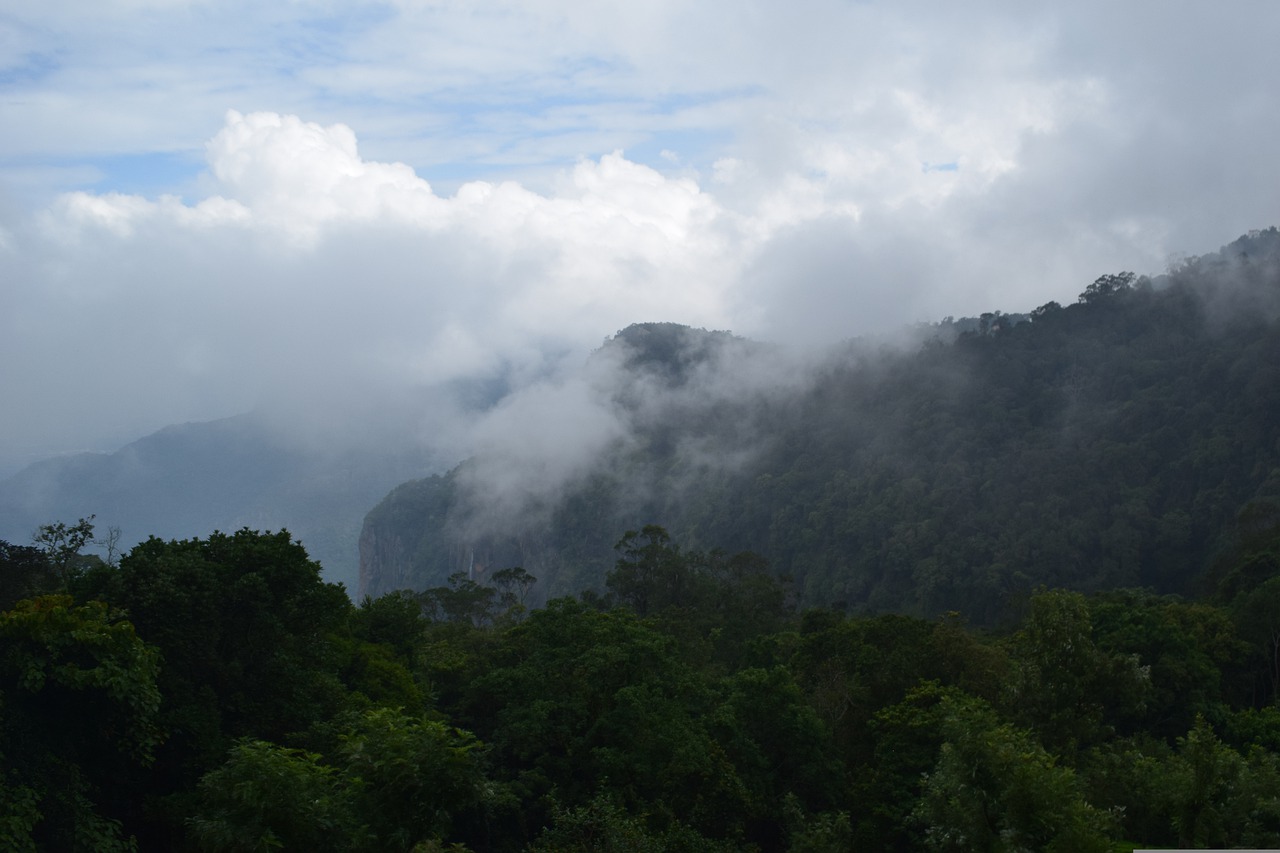Report by Hima Sutha
The flower Neelakurinji (Strobilanthes kunthiana) is a purplish-blue flower that blooms once in 12 years.
It is a shrub in the western ghats in Kerala, Karnataka, and Tamil Nadu.
The Nilgiri mountains, situated in the Western Ghats (Tamil Nadu, Kerala, Karnataka) in India, get their name from the word Neelakurinji flowers.
Nilgiri literally means, and is also called the Blue Mountains due to the presence of the Neelakurinji flowers that gives the hills a distinctive purplish blue colour when it blooms.
The name Neelakurinji arose from the River Kunthi (located in Kerala). These flowers have over 250 species, with 46 being present in India.
Neelakurinji flowers have blooming cycles prevailing from 1 to 16 years.
Different species of these flowers have different blooming cycles ranging from one to 16 years.
These flowers have bloomed in Mullianagiri, Chikmanagaluru district, after 12 years.
NeelaKurinji in full bloom after 12 years in Mullayanagiri peak, Chikmagalur
— Dr Durgaprasad Hegde (@DpHegde) September 23, 2022
Kurinji is a shrub found in the Western Ghats, Nilgiri Hills, which means the blue mountains, got their name from the purplish blue flowers of Neelakurinji pic.twitter.com/9tCA5NeM7X
Why does Neelakurinji take 12 years to bloom?
Plants can either be annual plants whose lifespan is a year (germinate, blossom, yield new seeds and die in one year) or perennial plants (variable life span, live for over two or more years).
Neelakurinji is a perennial plant; it blooms once in 16 years, with many of this plant’s species blooming once in 12 years.
In addition, the Neelakurinji is a monocarpic plant (yields seeds once in its lifetime and then dies); it reproduces once after the plant blooms. The mass flowering every 12-16 years helps this rare plant survive.

When many seeds are produced, predators cannot wipe out their population. The phenomenon where mass seeding occurs is known as masting.

